Proteases
Proteases is a general term for a class of enzymes that hydrolyze protein peptide chains. According to the way they degrade polypeptides, they are divided into two categories: endopeptidases and telopeptidases. The former can cut the large molecular weight polypeptide chain from the middle to form prions and peptones with smaller molecular weights; the latter can be divided into carboxypeptidase and aminopeptidase, which respectively remove the peptide from the free carboxyl terminus or free amino terminus of the polypeptide one by one. Chain hydrolysis produces amino acids.
A general term for a class of enzymes that hydrolyze peptide bonds in proteins. According to the way they hydrolyze polypeptides, they can be divided into endopeptidases and exopeptidases. Endopeptidase cleaves the interior of the protein molecule to form smaller molecular weight peptones and peptones. Exopeptidase hydrolyzes peptide bonds one by one from the end of the free amino group or carboxyl group of protein molecules, and frees amino acids, the former is aminopeptidase and the latter is carboxypeptidase. Proteases can be classified into serine proteases, sulfhydryl proteases, metalloproteases and aspartic proteases according to their active centers and optimum pH. According to the optimum pH value of its reaction, it is divided into acidic protease, neutral protease and alkaline protease. The proteases used in industrial production are mainly endopeptidases.
Proteases are widely found in animal offal, plant stems and leaves, fruits and microorganisms. Microbial proteases are mainly produced by molds and bacteria, followed by yeast and actinomycetes.
Enzymes that catalyze the hydrolysis of proteins. There are many kinds, the important ones are pepsin, trypsin, cathepsin, papain and subtilisin. Proteases have strict selectivity for the reaction substrates they act on. A protease can only act on certain peptide bonds in protein molecules, such as the peptide bonds formed by the hydrolysis of basic amino acids catalyzed by trypsin. Proteases are widely distributed, mainly in the digestive tract of humans and animals, and are abundant in plants and microorganisms. Due to limited animal and plant resources, the industrial production of protease preparations is mainly prepared by fermentation of microorganisms such as Bacillus subtilis and Aspergillus terrestris.
Targets for Proteases
- Caspase(114)
- Aminopeptidase(24)
- ACE(74)
- Calpains(20)
- Carboxypeptidase(10)
- Cathepsin(81)
- DPP-4(31)
- Elastase(26)
- Gamma Secretase(67)
- HCV Protease(59)
- HSP(113)
- HIV Integrase(37)
- HIV Protease(47)
- MMP(228)
- NS3/4a protease(8)
- Serine Protease(18)
- Thrombin(58)
- Urokinase(4)
- Cysteine Protease(0)
- Other Proteases(18)
- Tyrosinases(47)
- 15-PGDH(1)
- Acetyl-CoA Carboxylase(13)
- Acyltransferase(59)
- Aldehyde Dehydrogenase (ALDH)(28)
- Aminoacyl-tRNA Synthetase(9)
- ATGL(1)
- Dipeptidyl Peptidase(56)
- Drug Metabolite(457)
- E1/E2/E3 Enzyme(90)
- Endogenous Metabolite(1636)
- FABP(30)
- Farnesyl Transferase(23)
- Glutaminase(14)
- Glutathione Peroxidase(14)
- Isocitrate Dehydrogenase (IDH)(28)
- Lactate Dehydrogenase(17)
- Lipoxygenase(234)
- Mitochondrial Metabolism(207)
- NEDD8-activating Enzyme(7)
- Neprilysin(12)
- PAI-1(13)
- Ser/Thr Protease(41)
- Tryptophan Hydroxylase(13)
- Xanthine Oxidase(18)
- MALT1(10)
- PCSK9(1)
Products for Proteases
- Cat.No. 상품명 정보
-
GC16812
3-Methylglutaric acid
류신 대사산물인 3-메틸글루타르산은 3-히드록시-3-메틸글루타릴 CoA 리아제(HMGCL) 및 3-메틸글루타코닐 CoA 수화효소(AUH)라는 두 가지 별개의 류신 경로 효소 결핍과 전통적으로 연관된 눈에 띄는 C6 디카르복실산 유기산입니다. .
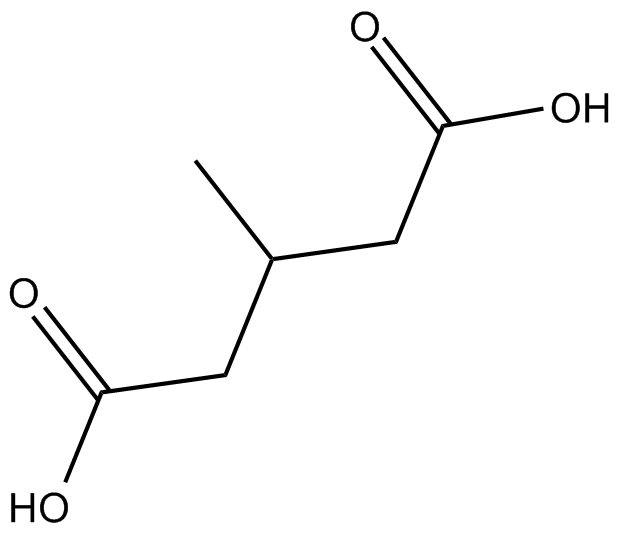
-
GC62795
3-Methylhistamine dihydrochloride
3-Methylhistamine dihydrochloride는 히스타민의 분해 산물입니다.
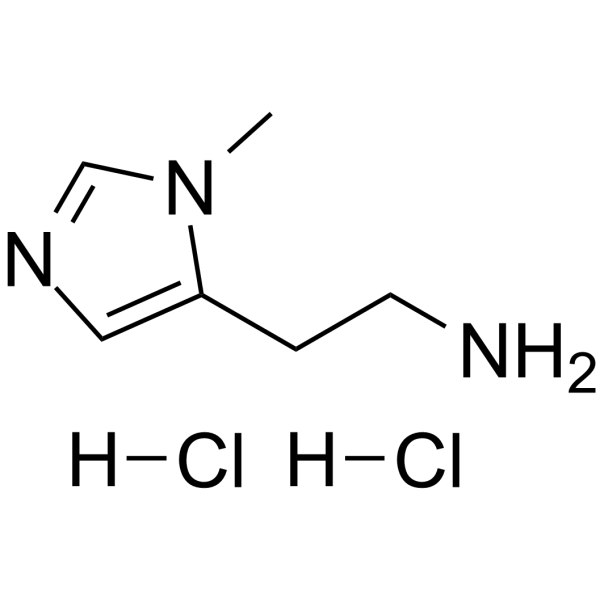
-
GC38297
3-Methylindolin-2-one
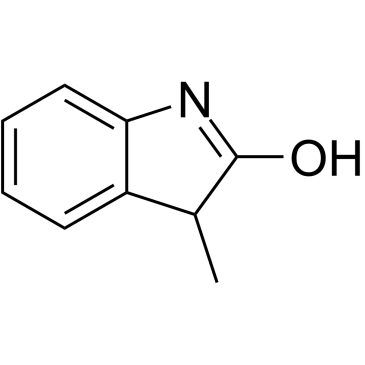
-
GC33525
3-Methyluridine
3-Methyluridine(N3-Methyluridine)은 변형된 RNA 뉴클레오사이드입니다.
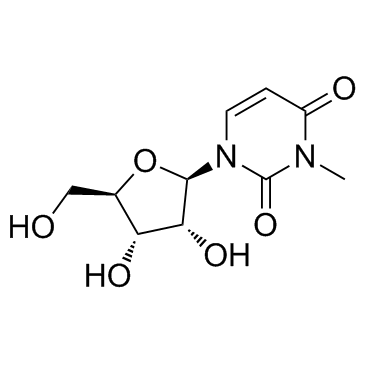
-
GC62796
3-Methylvaleric Acid
3-메틸발레르산은 향료 성분입니다.
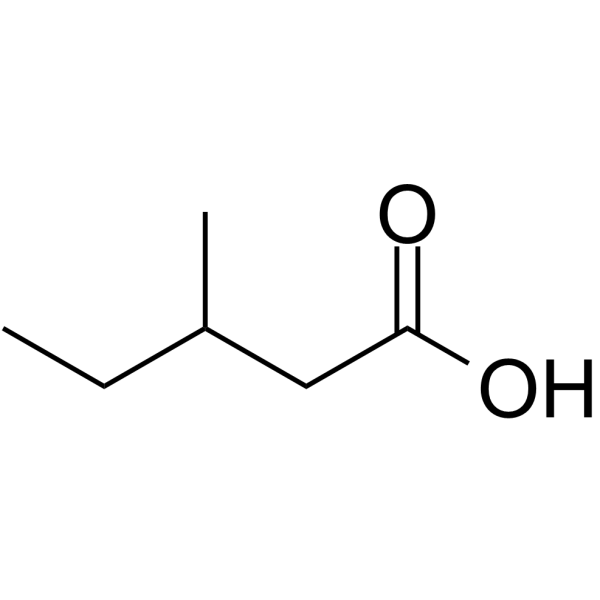
-
GC30635
3-Methylxanthine
크산틴 유도체인 3-메틸크산틴은 기니피그 분리된 기관 근육에서 IC50이 920μM인 고리형 구아노신 모노포스페이트(GMP) 억제제입니다.

-
GC64078
3-O-Acetyl-11-hydroxy-beta-boswellic acid
3-O-아세틸-11-하이드록시-베타-보스웰산은 강력한 5-리폭시게나제(5-LO) 억제제입니다.
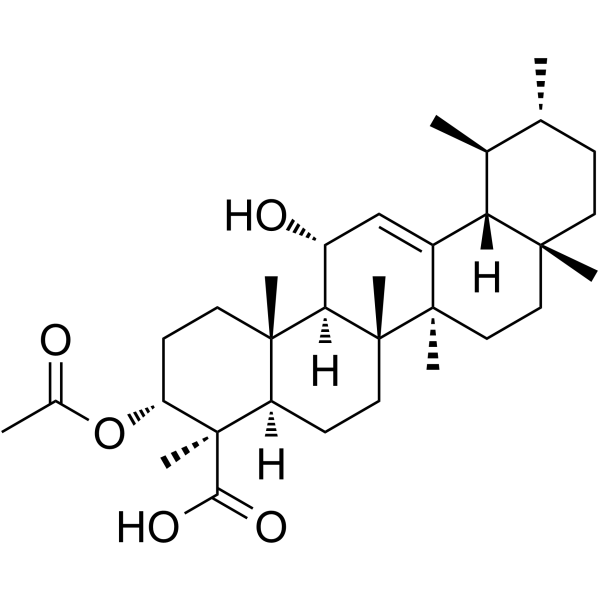
-
GC61717
3-O-Ethyl-L-ascorbic acid
안정한 비타민 C 유도체인 3-O-에틸-L-아스코르빈산은 미백 효능이 있는 화장품 티로시나제 억제제입니다.
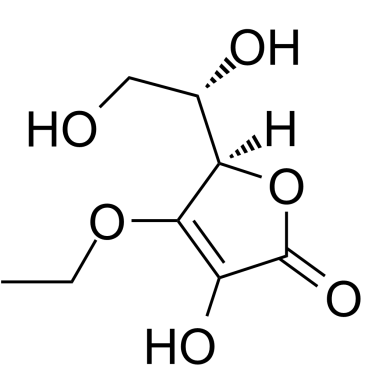
-
GC42307
3-O-methyl-L-DOPA (hydrate)
3-O-methyl-L-DOPA is a metabolite of L-DOPA, produced by the activity of catechol O-methyltransferase.

-
GC60505
3-O-Methyldopa
3-O-메틸도파(3-메톡시-L-티로신)는 카테콜-O-메틸트랜스퍼라제(COMT)에 의해 형성되는 L-DOPA의 대사 산물입니다.
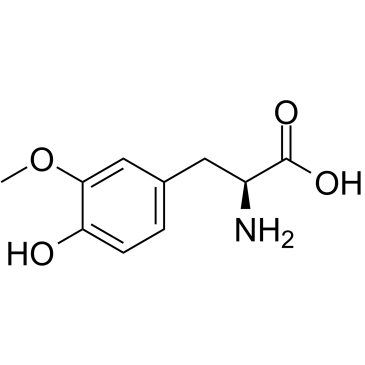
-
GC60506
3-O-Methyldopa D3
3-O-Methyldopa D3(3-Methoxy-L-tyrosine-d3)는 3-O-Methyldopa로 표시된 중수소입니다.
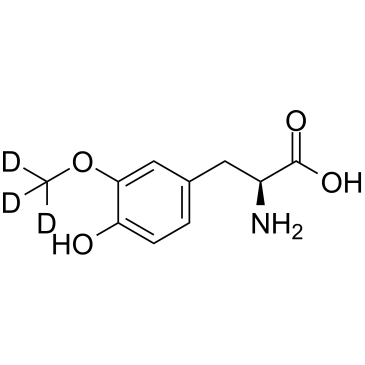
-
GC62797
3-Oxo-4,6-choladien-24-oic acid
3-Oxo-4,6-choradien-24-oic acid는 내인성 대사 산물입니다.
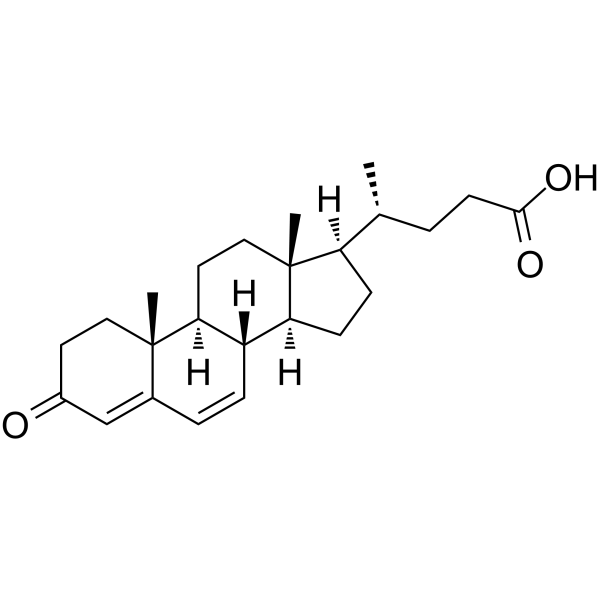
-
GC64220
3-Oxo-7-hydroxychol-4-enoic acid
3-옥소-7-하이드록시콜-4-엔산은 내인성 대사 산물입니다.
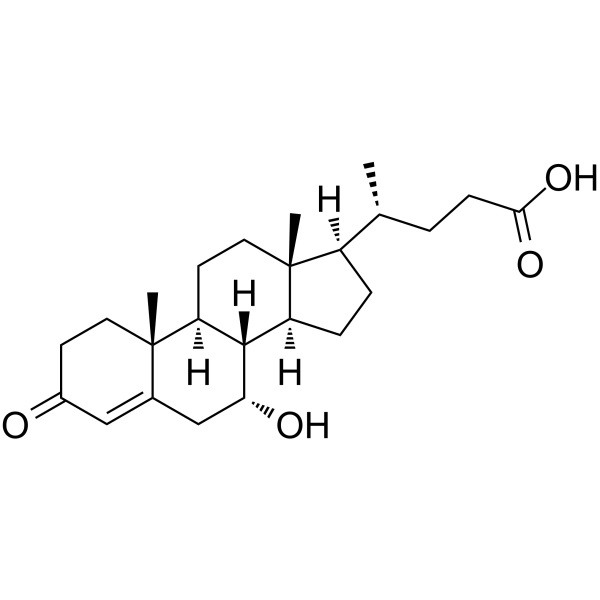
-
GC45339
3-Oxocholic Acid
3-옥소콜산은 옥소-담즙산 대사산물이며 C.

-
GC30353
3-Oxopentanedioic acid
3-Oxopentanedioic acid는 tropinone 합성에 사용되는 것으로 잘 알려진 단순 dicarboxylic acid이다.
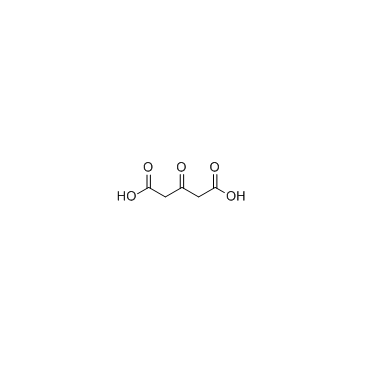
-
GC62798
3-Phenylbutyric acid
3-페닐부티르산은 벤젠 고리의 초기 산화와 측쇄의 초기 산화에 의해 대사됩니다.
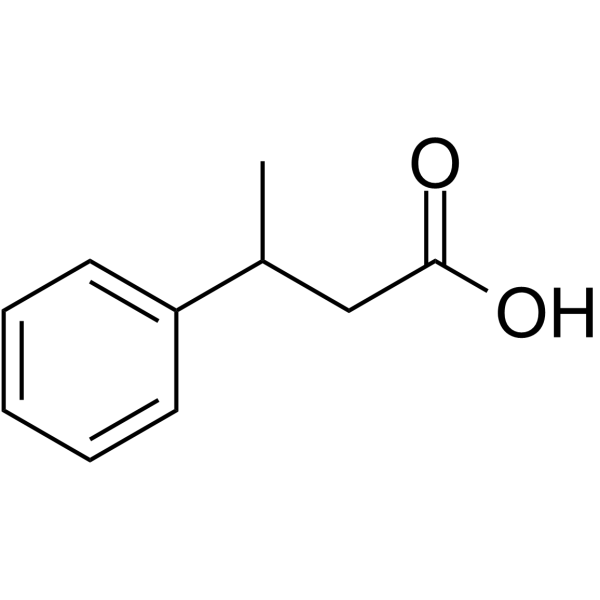
-
GC61582
3-Phenyltoxoflavin
톡소플라빈의 유도체인 3-페닐톡소플라빈은 Hsp90 억제제이며, Hsp90-TPR2A의 상호작용에 대한 Kd는 585nM입니다. 3-페닐톡소플라빈은 항암 작용이 있습니다.
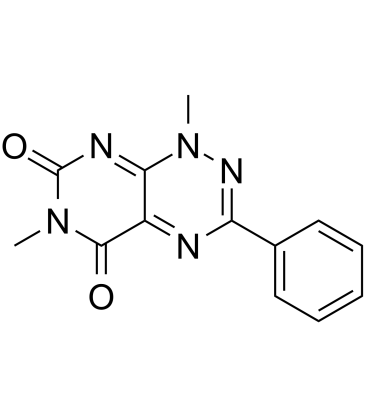
-
GC33604
3-Pyridineacetic acid
3-피리딘아세트산은 니코틴(및 기타 담배 알칼로이드)의 분해 산물인 니코틴산의 고급 동족체입니다.
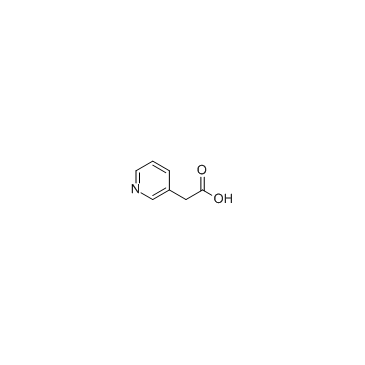
-
GC31553
3b-Hydroxy-5-cholenoic acid
3b-Hydroxy-5-cholenoic acid는 내인성 기원의 모노하이드록시 담즙산이며 간관 형성 부전 증후군이 있는 어린이에게서 발견될 수 있습니다.
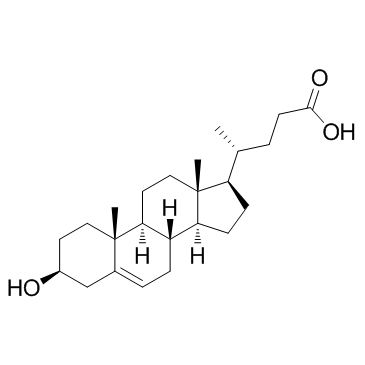
-
GC18817
3β-hydroxy-5-Cholestenoic Acid
3β-hydroxy-5-Cholestenoic acid is an active metabolite of cholesterol formed when cholesterol is metabolized by the cytochrome P450 (CYP) isomer CYP27A1.
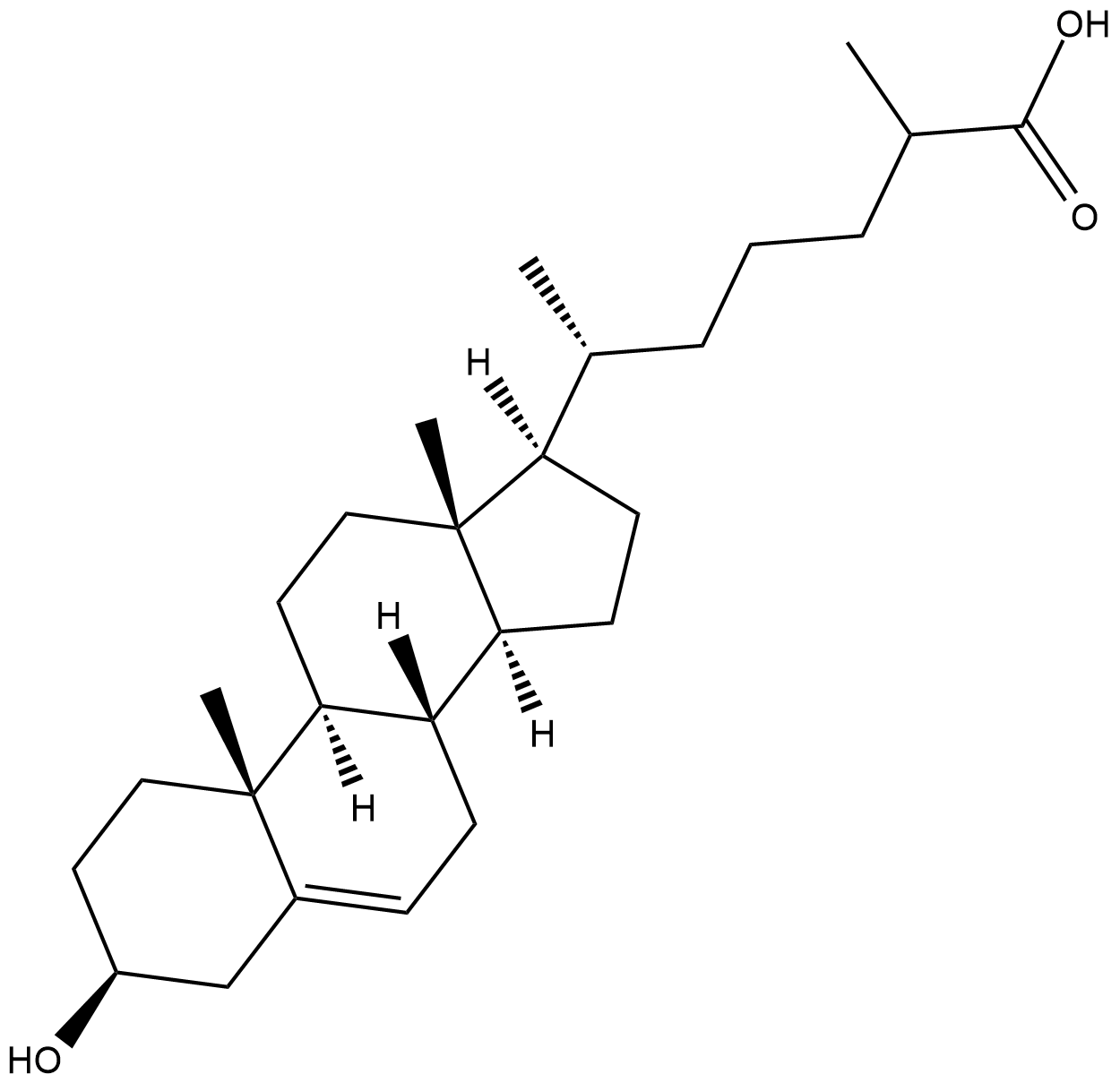
-
GC49367
4’-hydroxy Atomoxetine Glucuronide (hydrate)
A metabolite of atomoxetine

-
GC49252
4’-hydroxy Trazodone
A metabolite of trazodone

-
GC30277
4',5-Dihydroxyflavone
4',5-디하이드록시플라본은 대두 LOX-1 및 효모 α-글루코시다아제 억제제로서 대두 LOX-1의 Ki는 102.6μM이고 효모 α-글루코시다아제의 IC50은 66μM입니다.
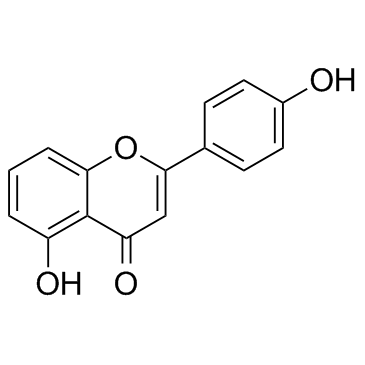
-
GC33976
4',7-Dimethoxyisoflavone (Dimethoxydaidzein)
4',7-Dimethoxyisoflavone(Dimethoxydaidzein)은 항진균 활성을 나타내는 Albizzia lebbeck의 잎에서 분리됩니다.
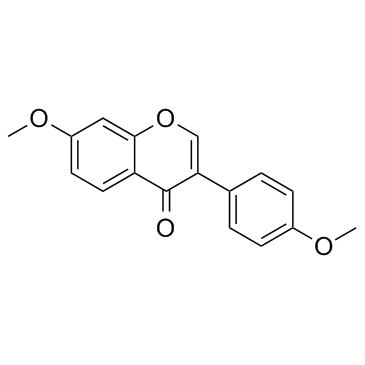
-
GC18527
4'-hydroxy Flurbiprofen
A major active metabolite of flurbiprofen
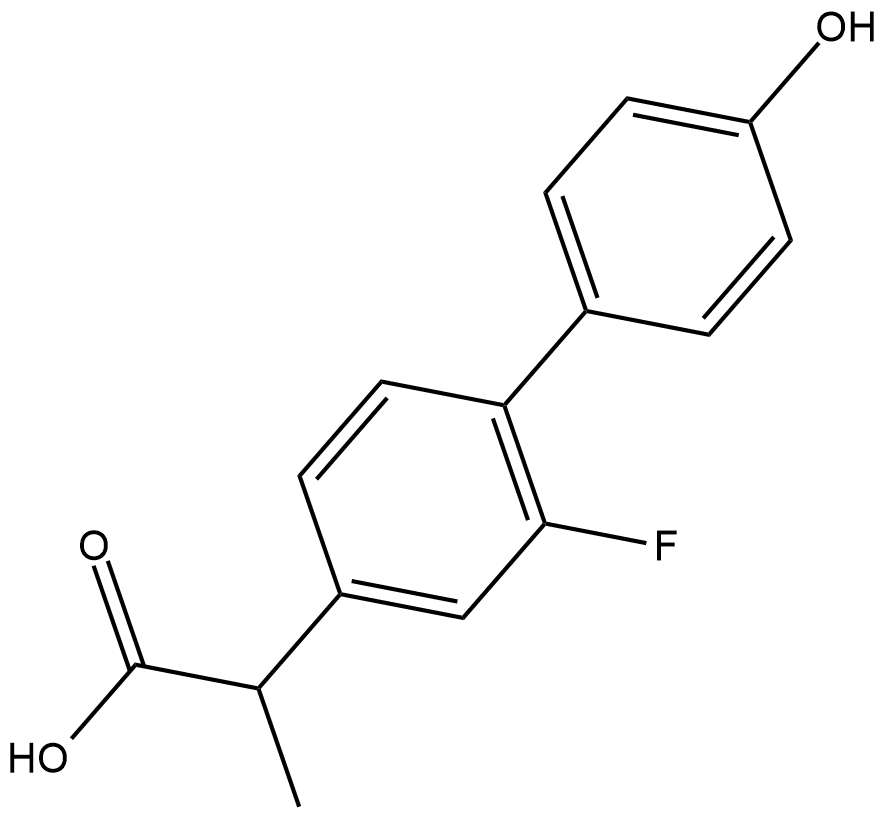
-
GC41003
4'-O-methyl Quercetin
4'-O-메틸 케르세틴(4'-O-메틸 케르세틴)은 항산화 및 항염 효과가 있는 케르세틴의 천연 플라보노이드 유도체입니다.

-
GC62800
4,4’-Disulfanediylbis(2-aminobutanoic acid)
4,4’-디설판디일비스(2-아미노부탄산)은 내인성 대사 산물입니다.
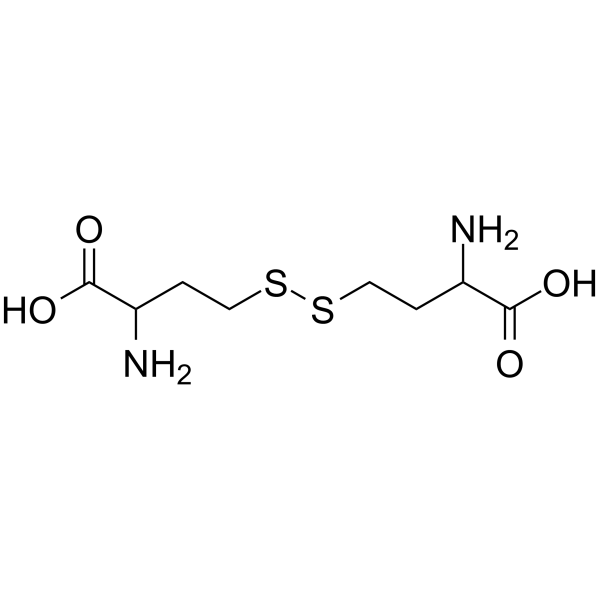
-
GC60510
4,4-Dimethoxy-2-butanone
4,4-Dimethoxy-2-butanone은 내인성 대사 산물입니다.
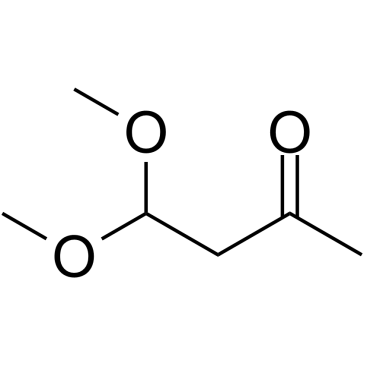
-
GC49752
4,5-Desisopropylidene Topiramate
An inactive metabolite of topiramate

-
GC32483
4,6-Dioxoheptanoic acid
4,6-Dioxoheptanoic acid는 헴 생합성의 강력한 억제제입니다.
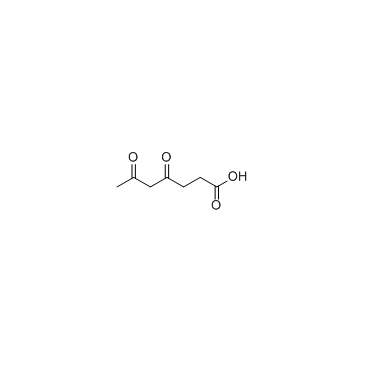
-
GC31640
4-(1,2-Dihydroxyethyl)benzene-1,2-diol
정상적인 노르에피네프린 대사산물인 4-(1,2-Dihydroxyethyl)benzene-1,2-diol은 Menkes 증후군과 관련이 있는 것으로 밝혀졌습니다.
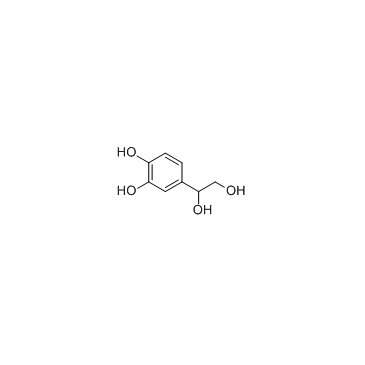
-
GC49337
4-Acetamidobenzenesulfonamide
A metabolite of asulam and sulfanilamide

-
GC33504
4-Acetamidobutanoic acid (N-acetyl GABA)
GABA의 주요 대사산물인 4-아세트아미도부탄산(N-아세틸 GABA)(N-아세틸 GABA)은 항산화 및 항균 활성을 나타냅니다.
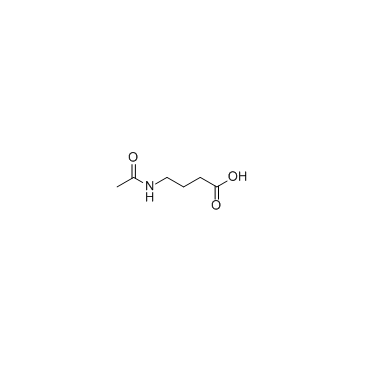
-
GC45341
4-Amino-6-chloro-1,3-benzenedisulfonamide

-
GC66484
4-Amino-L-phenylalanine hydrochloride
4-아미노-L-페닐알라닌(H-Phe(4-NH2)-OH) 염산염은 내인성 대사산물입니다.821d96072c2d58d8970e76f526b0f6b8
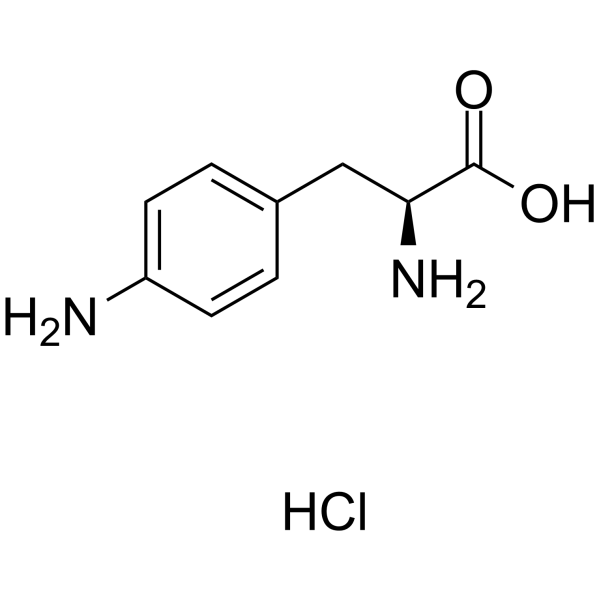
-
GC10996
4-Aminobenzoic acid
4-아미노벤조산은 박테리아, 식물 및 곰팡이에 의한 엽산 합성의 중간체입니다.
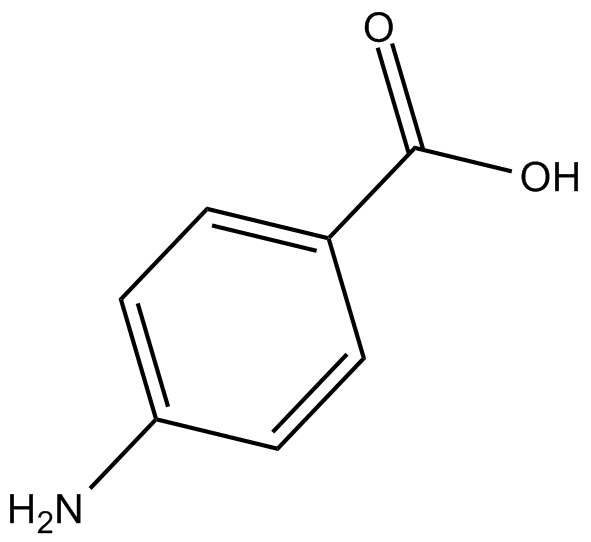
-
GC16443
4-Aminohippuric Acid
4-Aminohippuric acid는 진단제로서 신장과 관련된 의학적 검사에 유용하며 신장 혈장 흐름 측정에 사용됩니다.
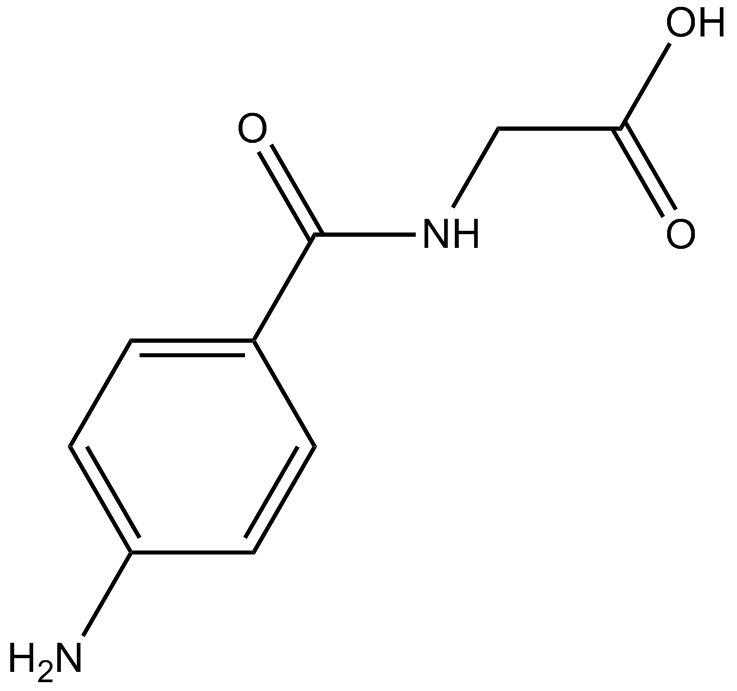
-
GC39473
4-Bromo-3-hydroxybenzoic acid
4-브로모-3-하이드록시벤조산은 브로크레신의 대사 산물이며 래트 태아 및 래트 위 HDC 모두에 대해 IC50이 1mM인 히스티딘 탈탄산효소(HDC) 억제제입니다.
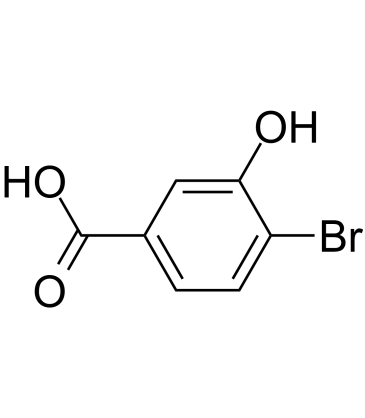
-
GC30513
4-Butylresorcinol (Butylresorcinol)
4-Butylresorcinol(Butylresorcinol)은 11.27 μ의 IC50으로 티로시나아제를 억제할 수 있는 페놀 유도체입니다.
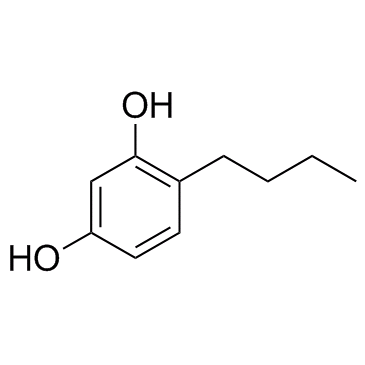
-
GC42351
4-carboxy TEMPO
4-carboxy TEMPO is a nitroxide and spin label.

-
GC60512
4-Carboxypyrazole
4-카르복시피라졸은 내인성 대사 산물입니다.
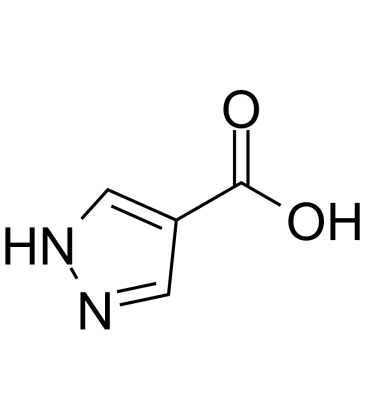
-
GC49722
4-CF3-TPP-DC
An inert mitochondriotropic carrier

-
GC13337
4-Chlorophenylguanidine hydrochloride
Urokinase inhibitor, potent and specific
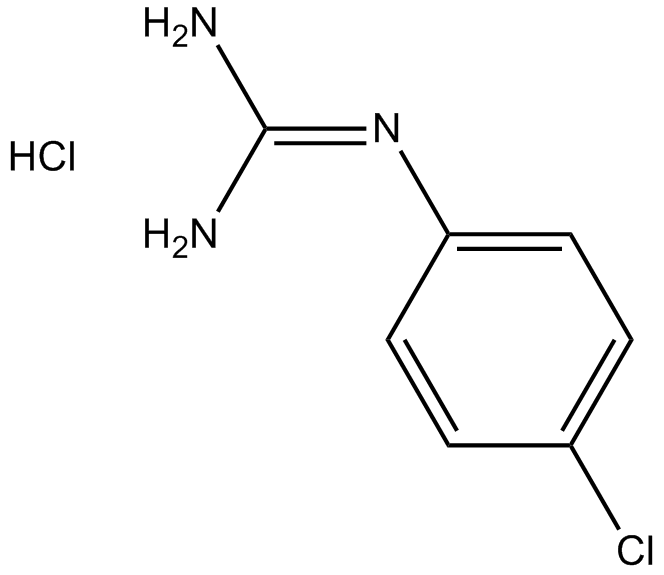
-
GC42370
4-desmethoxy Omeprazole
4-Desmethoxy Omeprazole은 Omeprazole의 활성 대사 산물입니다.

-
GC39245
4-Diethylaminobenzaldehyde
4-Diethylaminobenzaldehyde는 ALDH1의 Ki가 4nM인 가역적 알데히드 탈수소효소(ALDH) 억제제입니다. 4-Diethylaminobenzaldehyde는 강력한 항 안드로겐 효과를 나타냅니다(IC50= 1.71μM).
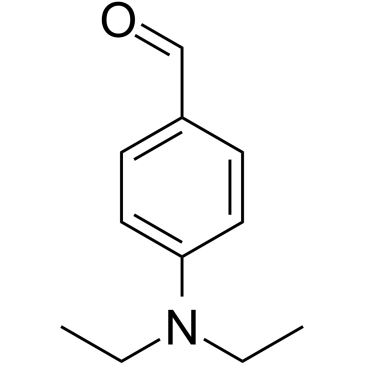
-
GC18359
4-Epianhydrochlortetracycline (hydrochloride)
4-Epianhydrochlortetracycline is a derivative of tetracycline .
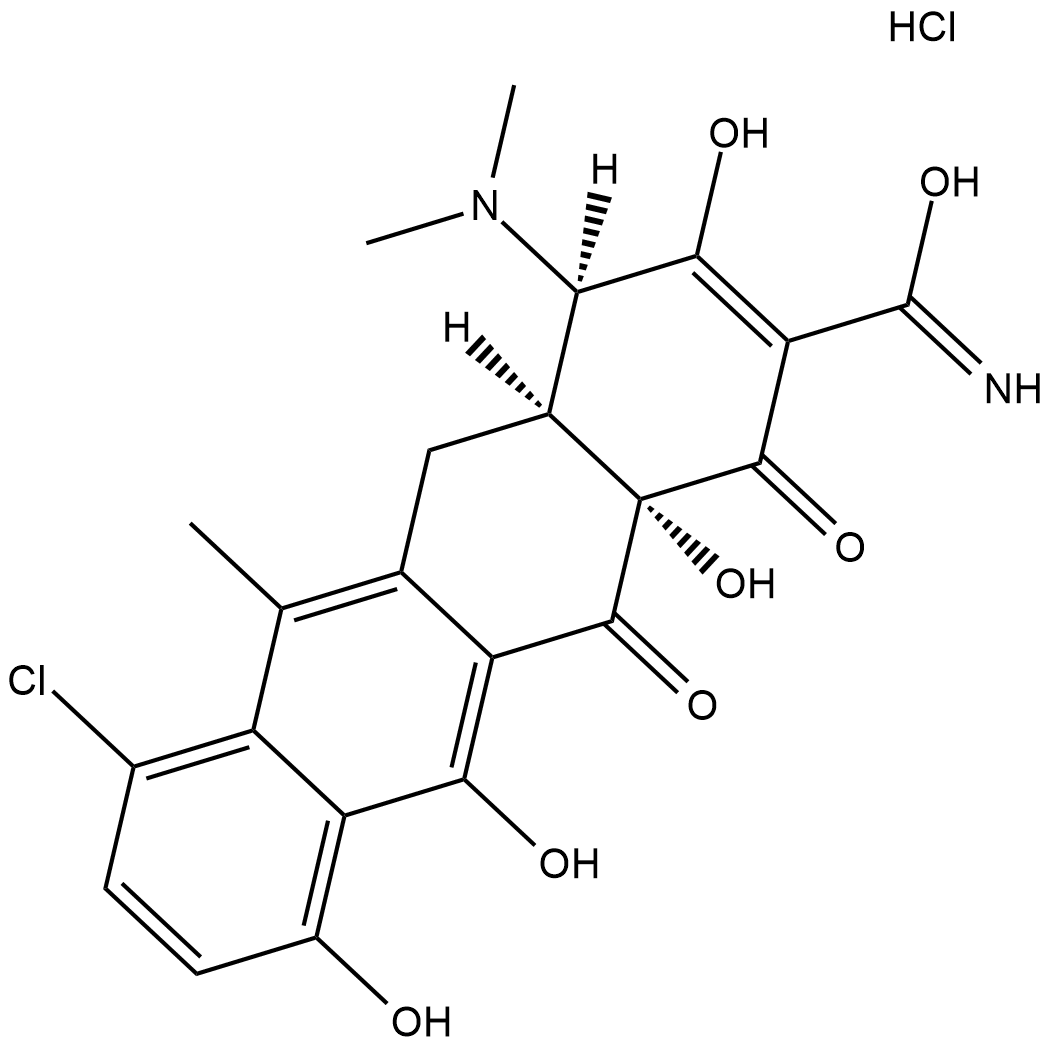
-
GC18194
4-Epidoxycycline
4-Epidoxycycline is the 4-epimer hepatic metabolite of the antibiotic doxycycline .
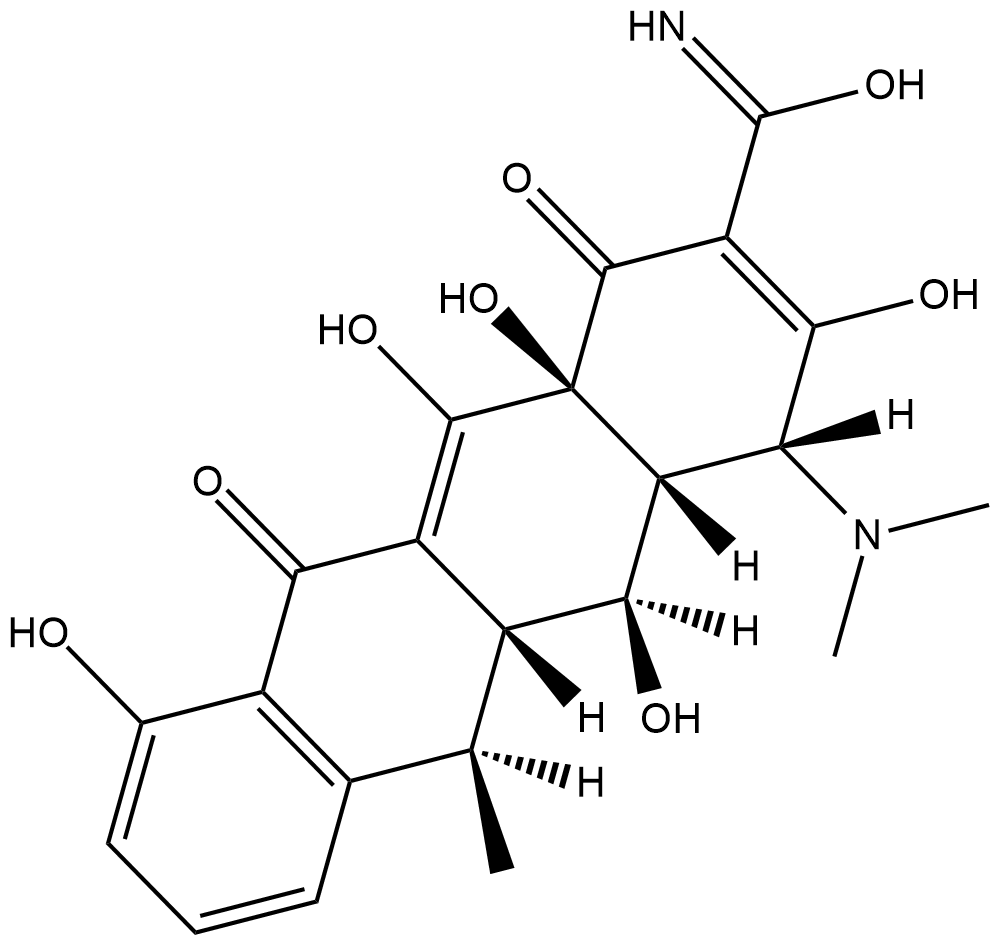
-
GC60514
4-Ethoxyphenol
4-에톡시페놀은 내인성 대사 산물입니다.
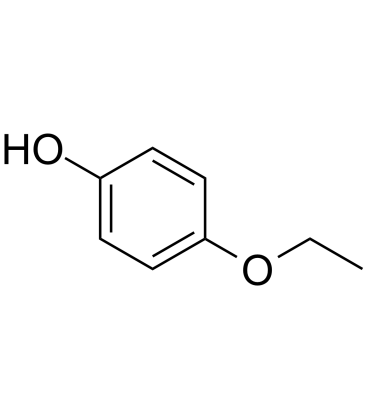
-
GC60515
4-Ethylbenzaldehyde
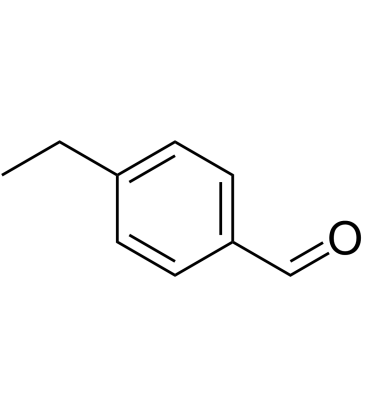
-
GC30600
4-Ethylphenol
4-에틸페놀은 와인의 악취와 관련된 휘발성 페놀 화합물입니다.
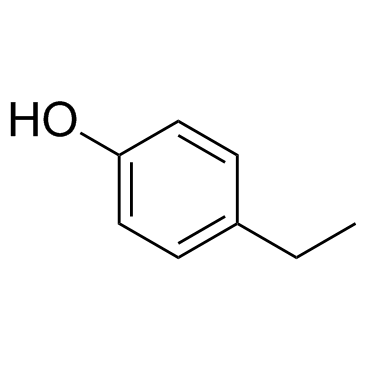
-
GC60516
4-Ethynyl-L-phenylalanine hydrochloride
4-에틸닐-L-페닐알라닌 염산염(4-Ethynyl-L-phenylalanine hydrochloride)은 트립토판 하이드록실레이스(TPH)의 강력하고 선택적인, 가역 및 경쟁 억제제로, Ki는 32.6 μM입니다.
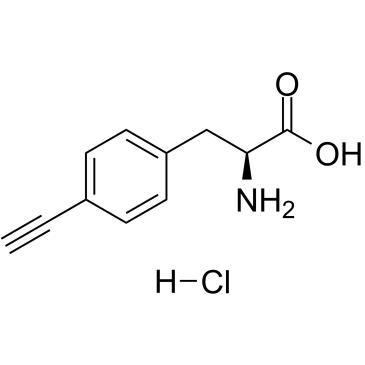
-
GC62803
4-Formylaminoantipyrine
4-포르밀아미노안티피린은 아미노페나존의 배설된 대사 산물입니다.
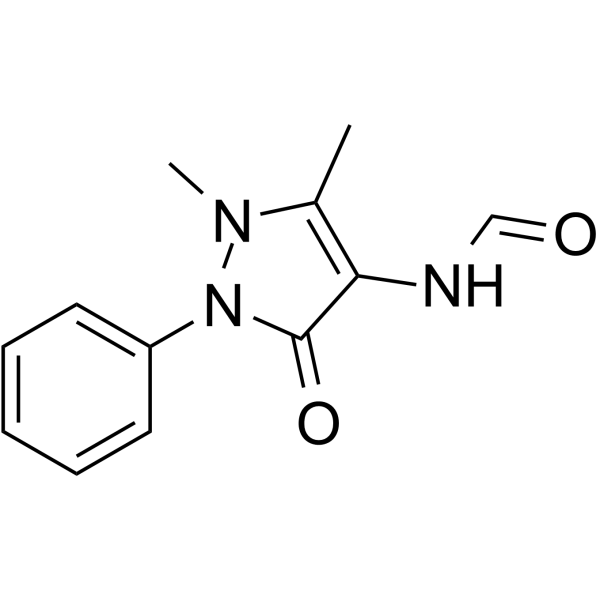
-
GC30630
4-Guanidinobutanoic acid
4-Guanidinobutanoic acid는 낮은 농도로 존재하는 정상적인 대사 산물입니다.
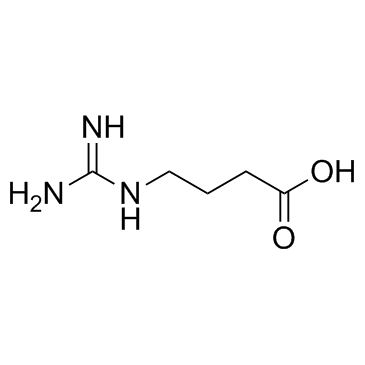
-
GC40097
4-HOBA
4-HOBA는 내인성 대사 산물입니다.

-
GC42401
4-hydroperoxy Cyclophosphamide
사이클로포스파미드의 활성화된 아날로그

-
GC42405
4-hydroxy Atorvastatin (calcium salt)
4-hydroxy Atorvastatin is a metabolite of atorvastatin, an HMG-CoA reductase inhibitor present in formulations that have been used to treat hypercholesterolemia and certain dyslipidemias.

-
GC18425
4-hydroxy Atorvastatin lactone
4-hydroxy Atorvastatin lactone is a metabolite of atorvastatin , an HMG-CoA reductase inhibitor present in formulations that have been used to treat hypercholesterolemia and certain dyslipidemias.
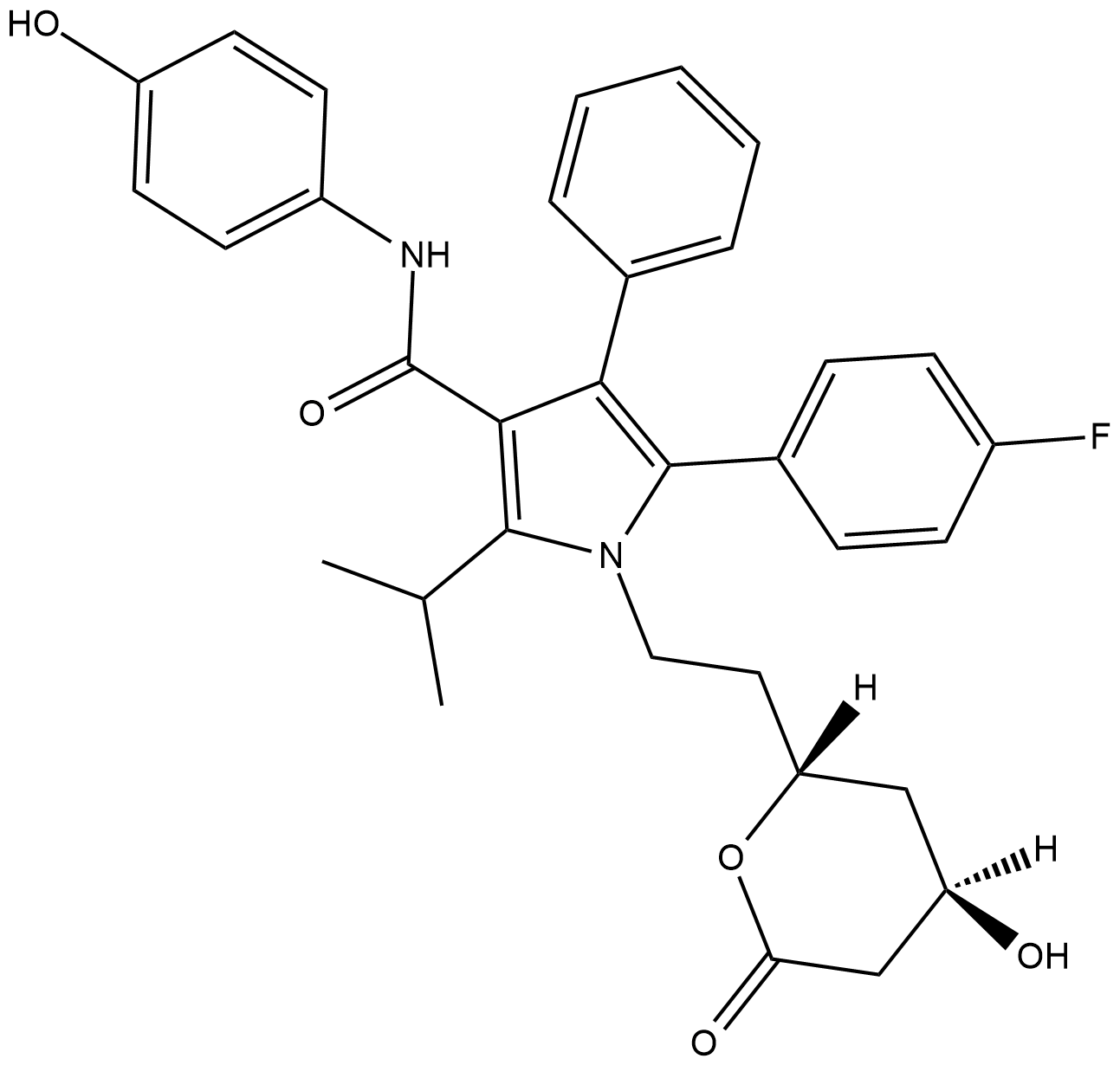
-
GC42407
4-hydroxy Diclofenac
4-하이드록시 디클로페낙은 시토크롬 P450 2C9(CYP2C9)에 의한 디클로페낙의 경구 활성 대사 산물입니다.
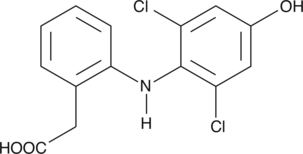
-
GC42410
4-hydroxy Nonenal
지질 과산화 생성물

-
GC49575
4-hydroxy Omeprazole sulfide
A metabolite of omeprazole

-
GC40879
4-hydroxy Solifenacin N-oxide
4-hydroxy Solifenacin N-oxide is an N-oxide form of 4-hydroxy solifenacin, the major metabolite of solifenacin .

-
GC42415
4-hydroxy Valsartan
4-hydroxy Valsartan is a major metabolite of the angiotensin II type 1 (AT1) receptor antagonist valsartan.

-
GC18417
4-hydroxy Xylazine
4-하이드록시 실라진은 실라진의 대사산물입니다.
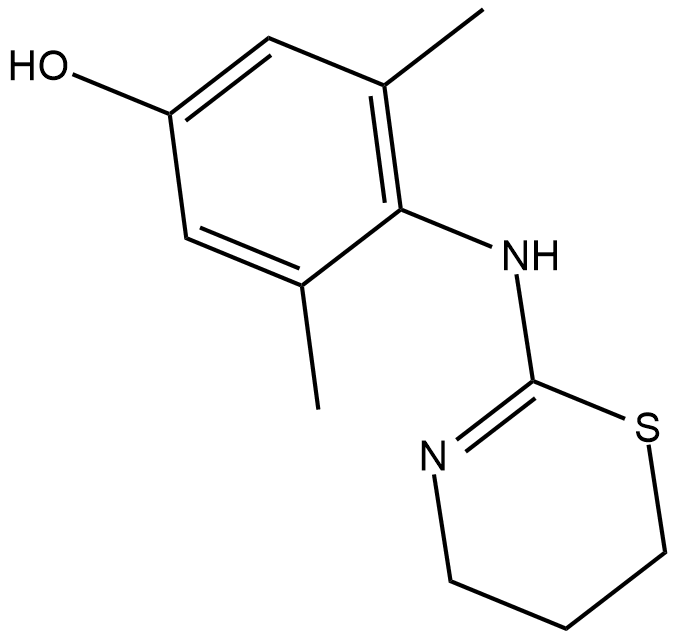
-
GC33656
4-Hydroxy-3-methylbenzoic acid
4-Hydroxy-3-methylbenzoic acid는 건강한 인구의 소변 표본에서 확인된 정상적인 유기산입니다.
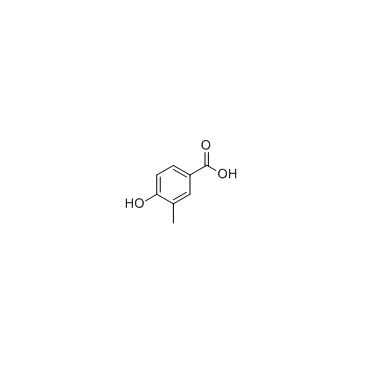
-
GC11270
4-Hydroxybenzoic acid
벤조산의 페놀 유도체인 4-하이드록시벤조산은 IC50이 160μg/mL로 대부분의 그람 양성균과 일부 그람 음성균을 억제할 수 있습니다.
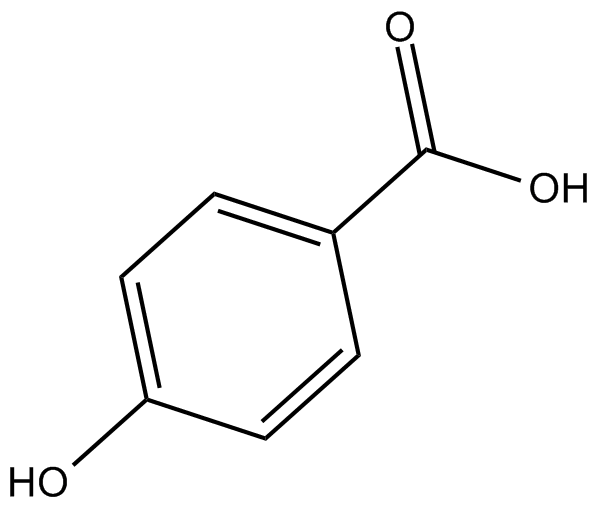
-
GC60518
4-Hydroxybenzyl cyanide
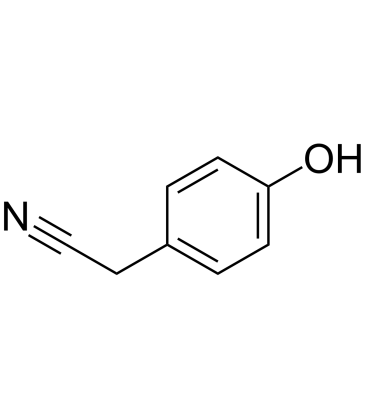
-
GC35131
4-Hydroxycoumarin
4-Hydroxycoumarin은 coumarin 유도체로 가장 다용도로 사용되는 heterocyclic scaffold 중 하나로 다양한 유기화합물 합성에 자주 사용됩니다.
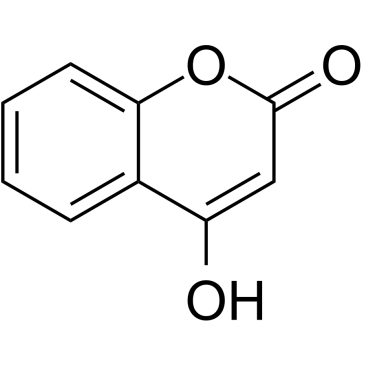
-
GC33610
4-Hydroxycyclohexanecarboxylic acid
4-히드록시시클로헥산카르복실산은 시클로헥산올로 알려진 유기 화합물 부류에 속합니다.
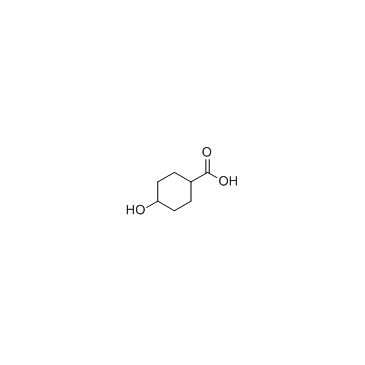
-
GC39691
4-Hydroxymethylpyrazole
4-Hydroxymethylpyrazole은 Fomepizole의 주요 대사 산물입니다.
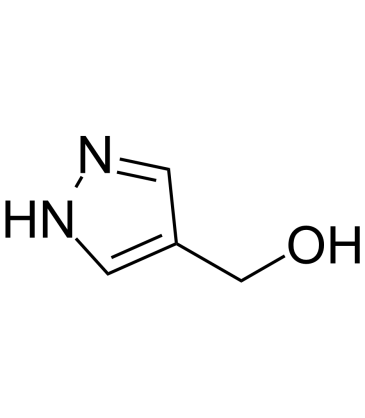
-
GC68055
4-Hydroxyphenyl acetate

-
GC33815
4-Hydroxyphenylacetic acid
4-하이드록시페닐아세트산은 폴리페놀의 주요 미생물 유래 대사산물이며 항산화 작용에 관여합니다.
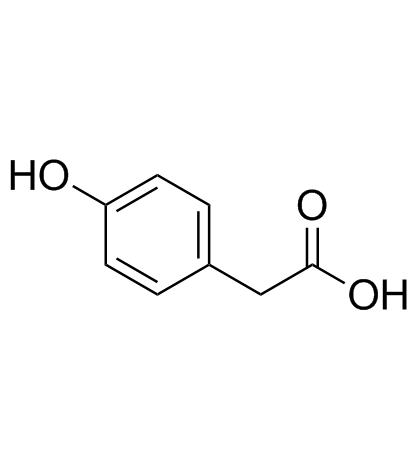
-
GC35134
4-Methoxybenzaldehyde
4-Methoxybenzaldehyde는 자연적으로 발생하는 향기로운 페놀 화합물입니다.
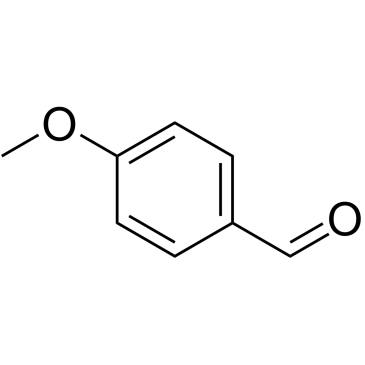
-
GC35135
4-Methoxycinnamic acid
4-Methoxycinnamic acid는 A에서 천연 페닐프로파노이드로 검출됩니다.
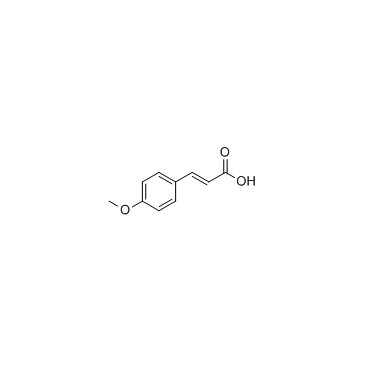
-
GC60521
4-Methyl-1-phenyl-2-pentanone
4-메틸-1-페닐-2-펜탄온은 내인성 대사 산물입니다.
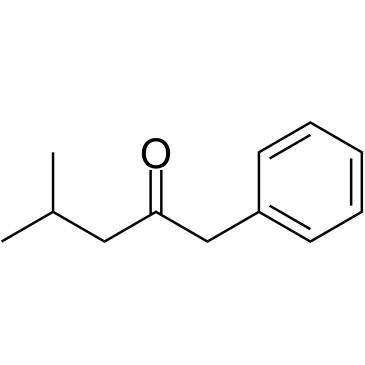
-
GC31307
4-Methyl-2-oxopentanoic acid
비정상적인 대사산물인 4-Methyl-2-oxopentanoic acid(α-Ketoisocaproic acid)는 신경독인 동시에 대사독소입니다.
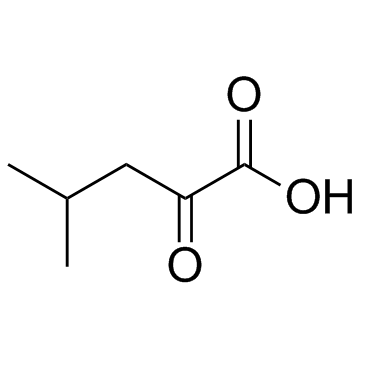
-
GC39307
4-Methylamino antipyrine
4-Methylamino 안티피린은 Metamizole의 활성 대사 산물입니다.
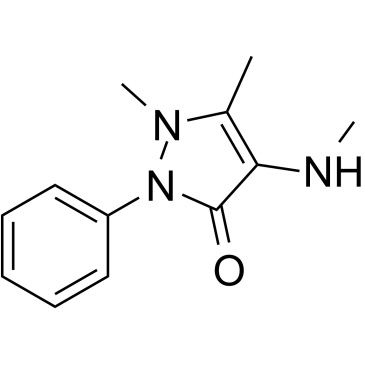
-
GC60523
4-Methylamino antipyrine hydrochloride
4-Methylamino antipyrine hydrochloride는 Metamizole의 활성 대사 산물입니다.
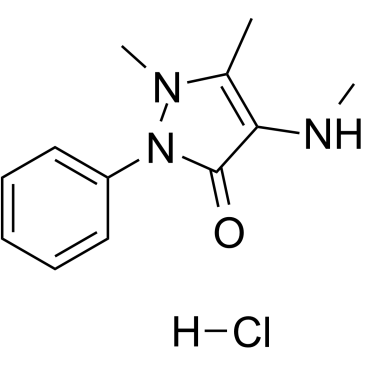
-
GC39780
4-Methylbiphenyl
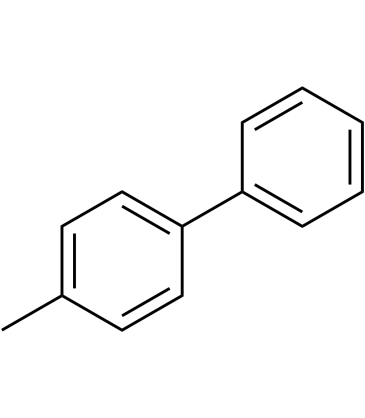
-
GC30658
4-Methylcatechol
p-톨루에이트의 대사산물인 4-메틸카테콜은 카테콜 2,3-디옥시게나제의 자살 억제제이자 기질입니다.
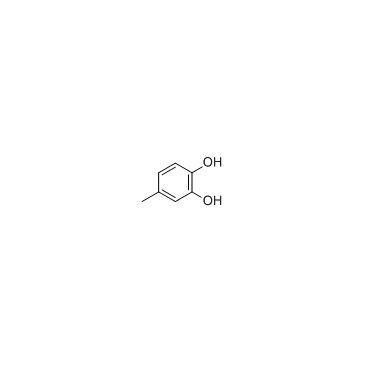
-
GC35139
4-Methylesculetin
4-Methylesculetin은 강력한 항산화 및 항염 작용을 하는 경구 활성 천연 쿠마린 유도체입니다.
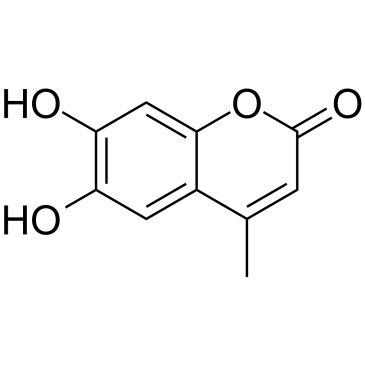
-
GC64621
4-Nitrocatechol
4-Nitrocatechol은 강력한 리폭시게나제 억제제입니다.
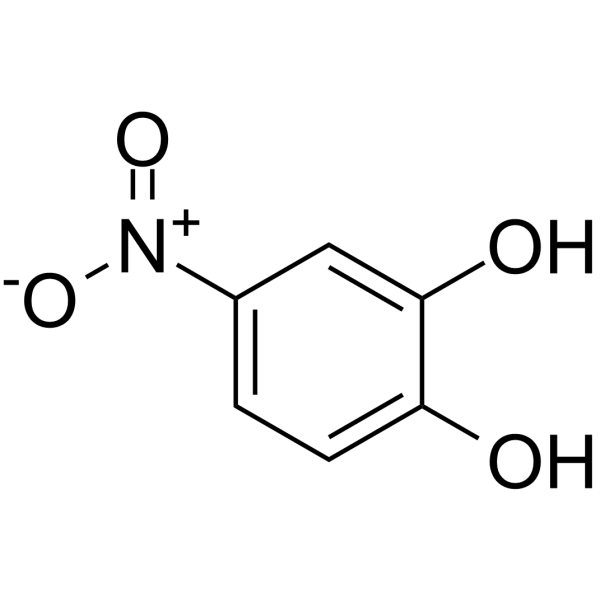
-
GC49127
4-oxo Cyclophosphamide
An inactive metabolite of cyclophosphamide

-
GC60524
4-Pentenoic acid
4-펜텐산은 내인성 대사 산물입니다.
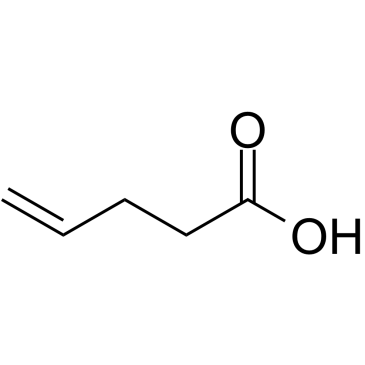
-
GC30670
4-Pyridoxic acid
4-피리독신산은 소변으로 배설되는 비타민 B6의 이화작용 산물입니다.
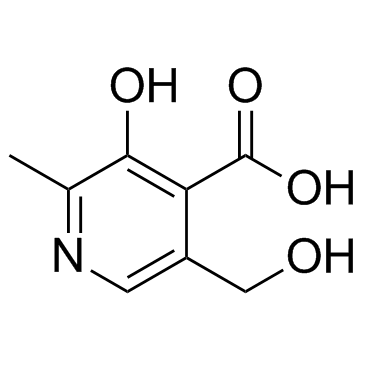
-
GC60525
4-Vinylphenol (10%w/w in propylene glycol)
4-Vinylphenol은 약초인 Hedyotis diffusa Willd, 야생 쌀에서 발견되며, 와인의 유산균에 의한 p-쿠마르산과 페룰산의 대사산물이기도 합니다. 4-비닐페놀은 세포 사멸을 유도하고 혈관 형성을 억제하며 생체 내 침습성 유방 종양 성장을 억제합니다.
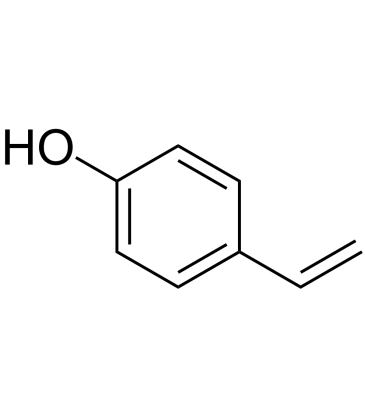
-
GC35126
4-Hydroxyphenylpyruvic acid
4-하이드록시페닐피루브산은 아미노산 페닐알라닌 대사의 중간체입니다.
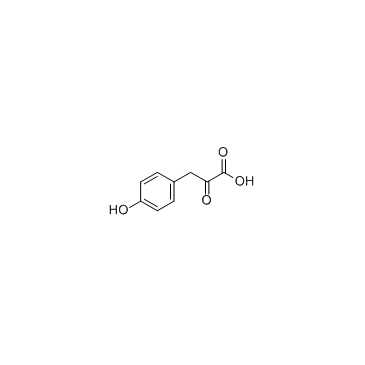
-
GC60531
5α-Cholestan-3-one
5α-Cholestan-3-one은 내인성 대사 산물입니다.
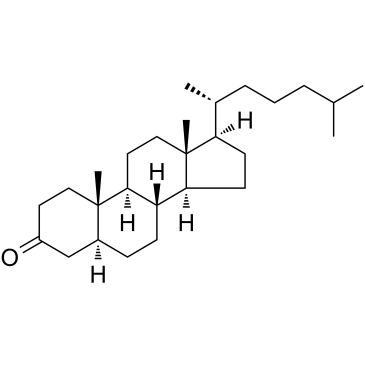
-
GC41399
5α-dihydro Levonorgestrel
5α-dihydro Levonorgestrel is a metabolite of the synthetic progestin levonorgestrel.

-
GC30669
5α-Cholestan-3β-ol (5α-Cholestanol)
5α-Cholestan-3β-ol(5α-Cholestanol)은 유도체화된 스테로이드 화합물입니다.
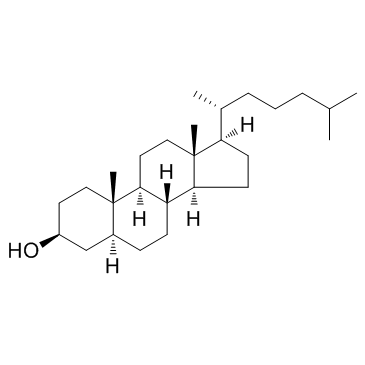
-
GC38358
5'-Cytidylic acid
5'-Cytidylic acid(5'-Cytidylic acid)는 RNA에서 단량체로 사용되는 뉴클레오티드입니다.
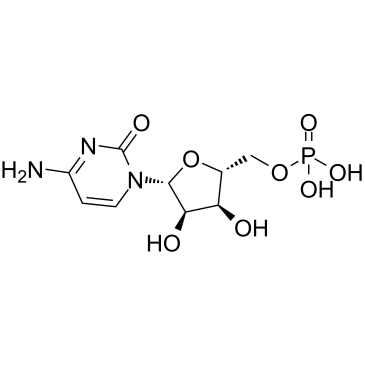
-
GC33636
5'-Deoxyadenosine
5'-데옥시아데노신은 정상인의 소변에서 발견되는 산화된 뉴클레오시드입니다.
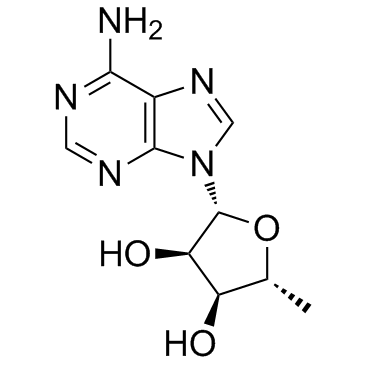
-
GC35157
5'-GTP trisodium salt
5'-GTP 삼나트륨 염(5'-GTP 삼나트륨 염)은 여러 세포내 키나제 캐스케이드의 증식, 분화 및 활성화를 비롯한 다양한 세포 과정에 관여하는 신호 전달 G 단백질의 활성화제입니다.
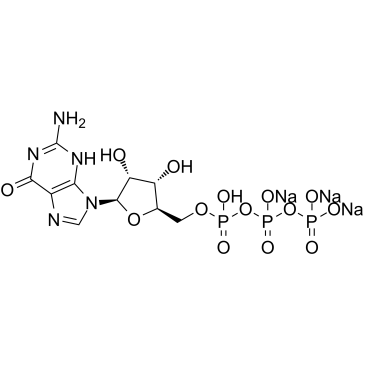
-
GC35159
5'-Guanylic acid disodium salt
5'-Guanylic acid disodium salt(5'-GMP disodium salt)는 guanine, ribose, phosphate moiety로 구성되어 있으며, 메신저 RNA의 뉴클레오티드 단위체입니다.
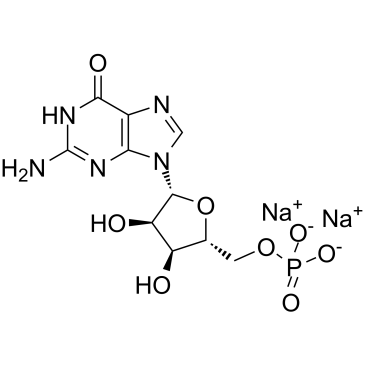
-
GC18582
5'-hydroxy Meloxicam
A metabolite of meloxicam
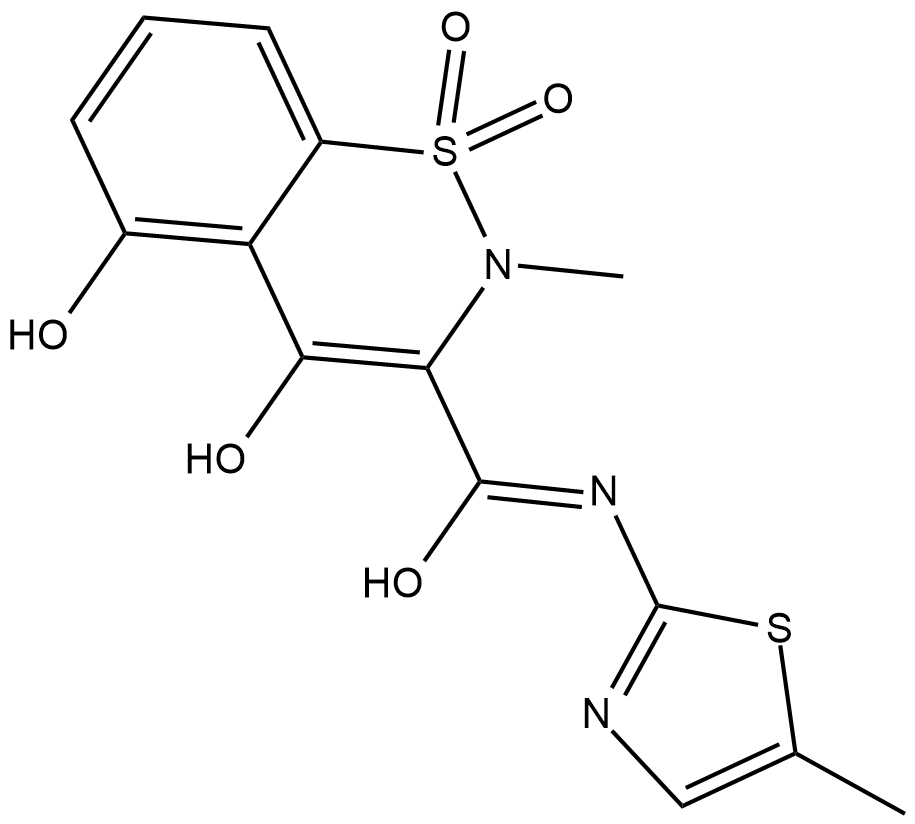
-
GC40459
5(R)-HETE
5(R)-HETE is a rare lipoxygenase product of arachidonic acid.

-
GC41126
5(S),12(S)-DiHETE
5(S),12(S)-DiHETE is a natural bioactive lipid derived from arachidonic acid.
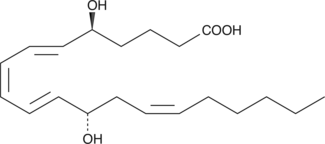
-
GC41127
5(S),15(S)-DiHETE
5(S),15(S)-DiHETE는 \5(S),15(S)-DiHETE is an “activated” intermediate, inhibits platelet aggregation with an IC50 of 1.3 μM.en_ko_2021q1.md
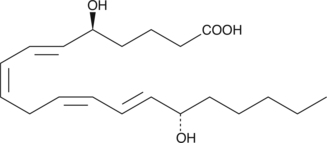
-
GC41128
5(S),6(R)-11-trans DiHETE
5(S),6(R)-11-trans DiHETE is a C-11 double bond isomer of 5(S),6(R)-DiHETE that is formed by the enzymatic isomerization of 5(S),6(R)-DiHETE by a membrane bound factor.

-
GC41129
5(S),6(R)-DiHETE
5(S),6(R)-DiHETE is a dihydroxy polyunsaturated fatty acid and a nonenzymatic hydrolysis product of leukotriene A4 (LTA4).

-
GC41131
5(S),6(S)-DiHETE
5(S),6(S)-DiHETE is one of the four diastereomeric 5,6-dihydroxy acids produced from the non-enzymatic hydrolysis of LTA4.



